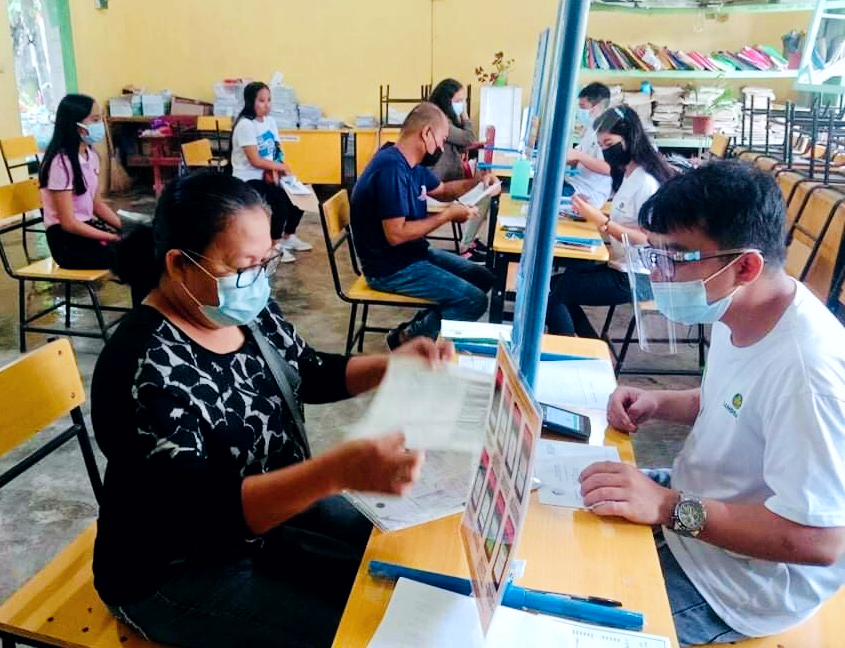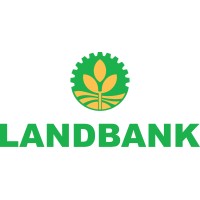Enhancing Financial Inclusion Impacts for the Newly Banked in the Philippines

In collaboration with the Land Bank of the Philippines (LANDBANK), IPA evaluated the reasons behind consumers’ low usage of digital transaction accounts and proposed recommendations to increase usage in line with advancing digital adoption and financial inclusion efforts.
Digital transaction accounts have been instrumental in increasing global financial inclusion by allowing customers to make payments, and save and transfer money without cash. However, evidence from low- and middle-income countries suggests that simply providing access to bank accounts may not be sufficient in promoting financial inclusion and that other mechanisms such as nudges or training may be necessary.[1] In the Philippines, the Central Bank set a goal to double the number of consumers with digital transaction accounts to 70 percent of adults by the end of 2023.
As part of this effort, LANDBANK offered free accounts and prepaid bank cards to consumers as they registered for PhilSys, a national identification system established in 2018 that helps to deliver digital social and financial services. However, account usage among newly registered clients has remained low. IPA partnered with LANDBANK to evaluate the reasons behind low digital transaction account usage among the Bank’s clients. Towards this end, IPA conducted phone surveys with 354 new LANDBANK clients who were onboarded after registering for PhilSys, to assess their financial needs, challenges, and opportunities to increase regular account usage.
Results showed that a majority of clients opened a LANDBANK account to either save or receive government aid; clients mostly used the card to check its balance, to load money onto the card, or to withdraw money. Results also showed that clients had a lack of knowledge about the features of the card — specifically related to transactions — and the purpose of a prepaid card. Non-active users were generally not aware of where they can use or reload the card, likely driving low usage rates.
Recommendations to increase usage rates include creating information campaigns and SMS nudges about the LANDBANK account features and its comparative advantages, integrating these campaigns with financial literacy sessions, and collecting more client transaction data to assess and adjust the features based on usage patterns. The information campaign may also help address the concern of having a significant number of LANDBANK cards left unclaimed, which further compounds the already limited transaction data recorded.
Sources
1. Banerjee et al 2020, Field et al 2021












